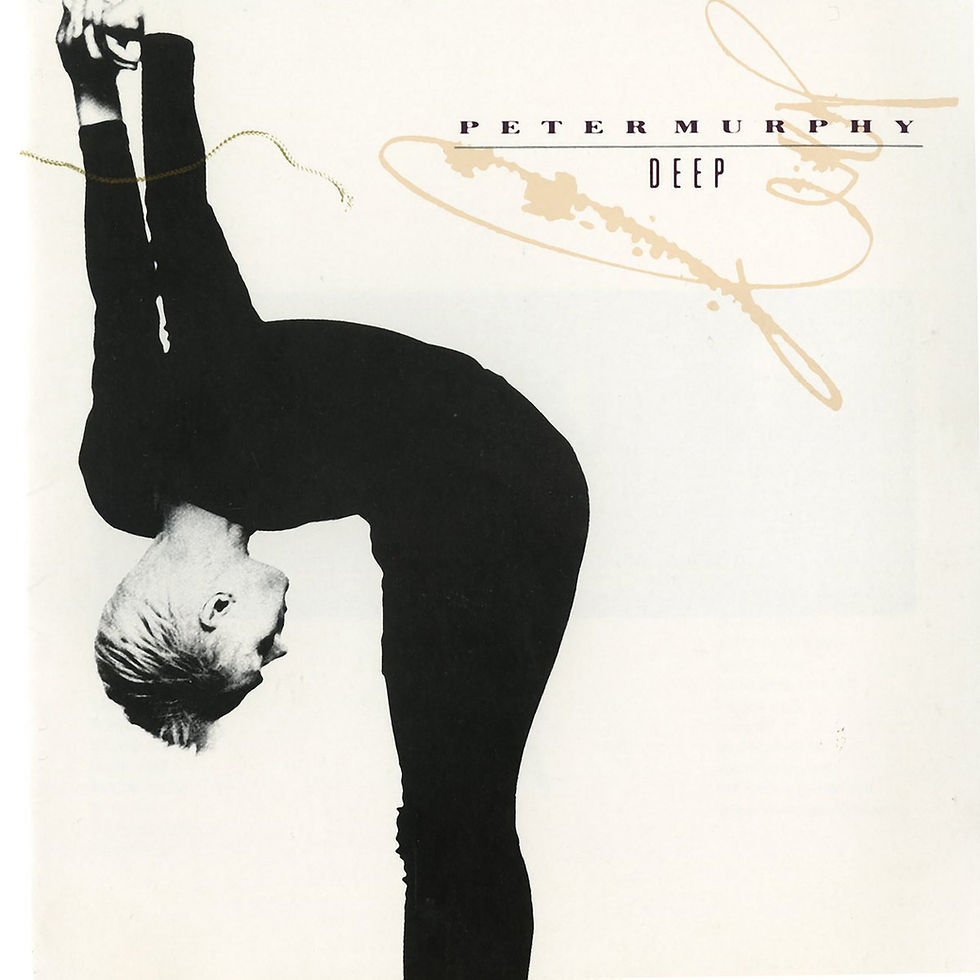The Crickets - The "Chirping" Crickets
- FaceOff - עימות חזיתי

- Nov 27
- 4 min read
Updated: Dec 3
Written By: Moti Kupfer
Release date - 27.11.57

He is without a doubt one of the first, if not the first, on the list. An album that helped ignite everything in rock ’n’ roll music.
In 1941, Les Paul designed the first solid-body electric guitar. A decade later, that guitar began gaining popularity. The seeds of rock ’n’ roll were forming through a fusion of gospel and rhythm & blues. Then it was radio DJ Alan Freed who coined the term “rock and roll” back in 1951.
The "Les Paul" guitar helped artists like Chuck Berry, Link Wray, and Scotty Moore develop a more sophisticated style of rock ’n’ roll guitar playing.
The earliest rock ’n’ roll songs began taking shape through artists such as Elvis Presley, Chuck Berry, "Bill Haley & His Comets", Little Richard, Jerry Lee Lewis, and others.
Five years before the "Les Paul" was born, Charles Hardin Holley was born into a musical family in Lubbock, Texas (1936). He would later form the group "Buddy & Bob", together with Bob Montgomery. That name Buddy stayed with him until the day he died, on what would later be called “the day the music died” (3.2.59).
That same Buddy Holly would go on to become one of the most influential musicians in popular music. "The Beatles" chose their name partly in homage to Holly’s band "The Crickets", who released their debut album “The ‘Chirping’ Crickets” on November 27, 1957.
Elton John began wearing glasses long before he needed them, simply to resemble his idol Buddy Holly. Bob Dylan, who saw Holly perform as a teenager, said that this show inspired him to pursue music. Even "The Rolling Stones" considered Holly a major influence.
At age 11, Holly started piano lessons, but he abandoned them after seeing a classmate playing guitar and singing on the school bus. It was the instrument that immediately captured his imagination. Holly learned guitar through his brother Travis, who had already taught himself to play.
As a child, Buddy Holly was influenced by country artists such as Hank Williams, Bob Wills, Jimmie Rodgers, and Hank Snow. He practiced and played with Bob Montgomery, and he also started collaborating with other musicians he met in high school, including Sonny Curtis and Jerry Allison.
Holly’s attraction to rock ’n’ roll began in 1953, when he and Sonny Curtis would sit in his car late at night tuning the radio to distant stations that played rhythm & blues, signals that could only be received after dark. This was the moment where Holly began merging his country background with R&B influences.
From 1954 onward, Holly recorded demo tapes with local musicians such as Sonny Curtis, Jerry Allison, and Larry Welborn. Two years later, Holly’s band - then called "Buddy and the Two Tones" (with Curtis and Don Guess) - recorded a rockabilly album that ultimately failed.
After Holly and his band opened shows for acts like Elvis Presley and "Bill Haley & His Comets", talent scout Eddie Crandall helped him secure a contract with "Decca Records". The deal turned out to be problematic. Holly soon found himself working with producer Owen Bradley, who controlled the arrangements and chose all the session musicians - leaving Holly frustrated by the lack of creative freedom.
Following an unsuccessful tour, in January 1957, "Decca" informed Holly that they would not renew his contract, but yet insisted that he was forbidden from re-recording the same songs for anyone else for five years.
In desperation, Holly began playing with Jerry Allison, bassist Joe Mauldin, and rhythm guitarist Niki Sullivan. Together they recorded a demo of “That’ll Be the Day” at Norman Petty’s studio - a song Holly had already recorded in Nashville. This time, Holly played lead guitar himself, he showcased a fast, groundbreaking picking style that finally gave him the sound he had been searching for.
But there was a catch. Holly could not release the song under his own name because of the restrictions imposed by "Decca". His bandmates stepped in to help, and the song was released under the band’s new name. It was Allison who suggested “The Crickets”, inspired by the band’s fondness for groups named after birds.
Although "The Crickets" were widely viewed as Holly’s band, the album showcases the strengths of all its members. Everyone contributes equally, and the band wrote a substantial portion of the material, something highly unusual for groups of their type in those days.
Norman Petty became Holly’s manager, and he was the one who sent the demo to "Brunswick Records" in New York. Neither he nor Holly realized that "Brunswick" was actually a subsidiary of "Decca".
By late September, “That’ll Be the Day” - the debut single by "The Crickets" - reached number one on both the American and British charts, staying there for three weeks. The follow-up single “Oh Boy!” also reached the Top 10 in both countries, just a month before the album’s release.
The rest is history…
For Listening: Spotify, Apple Music













Comments